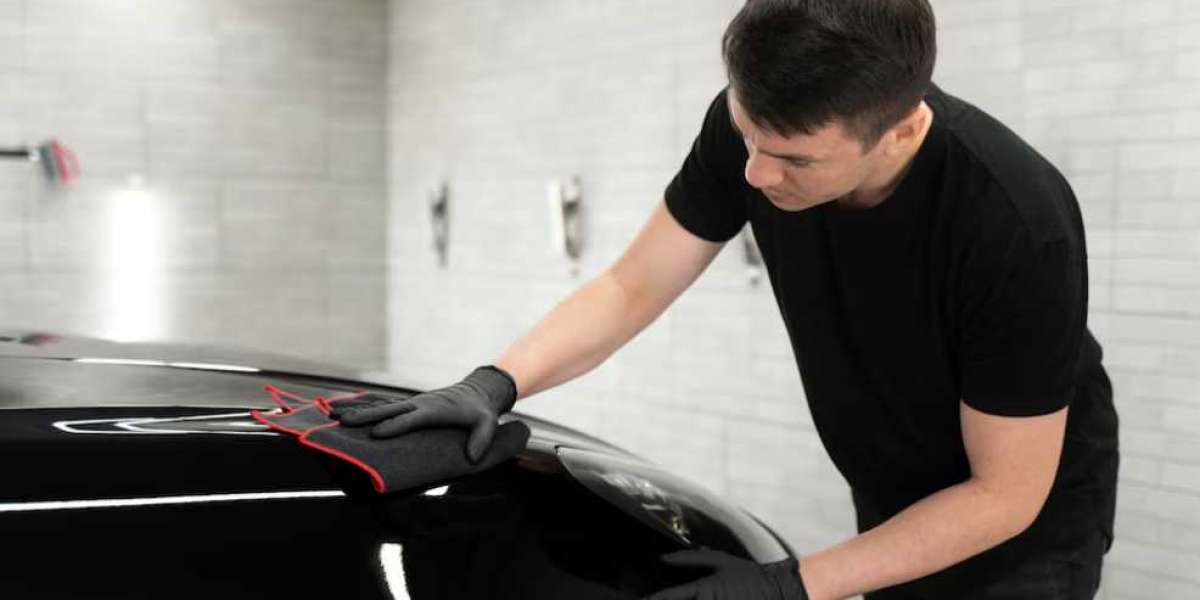Introduction to PPF
In the world of automotive care, maintaining a flawless, scratch-free finish is a top priority for car enthusiasts and owners alike. One of the most effective solutions available today is PPF (Paint Protection Film). This innovative protective layer is designed to shield a vehicle's paint from scratches, rock chips, and environmental contaminants. Understanding the benefits of PPF and the best practices for its maintenance can ensure a long-lasting, pristine look for your vehicle.
What is PPF?
PPF, or Paint Protection Film, is a transparent, self-healing urethane film applied to a vehicle's exterior surfaces. Originally developed for military applications, it has evolved into a highly sought-after protective solution for automotive enthusiasts. It provides a robust defense against scratches, UV rays, and road debris, ensuring that the paint remains in pristine condition.
Key Benefits of PPF:
Scratch and Impact Resistance: Acts as a barrier against minor abrasions and flying debris.
Self-Healing Properties: Minor scratches and swirl marks disappear with heat exposure.
UV Protection: Prevents paint from fading due to prolonged sun exposure.
Chemical Resistance: Shields against bird droppings, tree sap, and road salts.
Enhanced Aesthetic Appeal: Keeps the car looking brand new for years.
How to Maintain a Scratch-Free Finish with PPF
While PPF provides an excellent protective layer, proper maintenance is crucial to extend its lifespan and retain its effectiveness. Here are some essential tips to keep your PPF-coated vehicle in top shape:
1. Regular and Gentle Washing
One of the most fundamental ways to maintain a scratch-free finish is by washing your car regularly. However, using improper techniques can cause damage. Follow these steps:
Use a pH-balanced car shampoo to prevent degradation of the film.
Wash with a microfiber wash mitt to avoid creating swirl marks.
Rinse thoroughly with clean water to remove debris that can cause scratches.
Dry with a soft microfiber towel to prevent water spots.
2. Avoid Harsh Chemicals and Abrasive Tools
Harsh chemicals and abrasive cleaning tools can damage PPF and reduce its effectiveness. To protect your film:
Do not use abrasive polishes or waxes that contain harsh compounds.
Avoid automatic car washes with rotating brushes that may cause micro-scratches.
Use a dedicated PPF cleaner for optimal maintenance.
3. Use Paint Protection Sealants
Applying a sealant designed for PPF can enhance its durability and appearance. Sealants provide an additional layer of hydrophobic protection, making it easier to clean and reducing the risk of scratches.
4. Handle Bird Droppings and Bugs Immediately
Bird droppings and bug splatters contain acidic substances that can degrade the film over time. If left unattended, they may cause discoloration or stains. To prevent this:
Wipe off contaminants immediately using a damp microfiber cloth.
Use a mild detailing spray to safely remove residue without scrubbing.
5. Park Smartly to Reduce Exposure
While PPF offers strong protection, minimizing exposure to environmental hazards can further maintain a scratch-free finish. Consider these tips:
Park in shaded or covered areas to reduce UV damage.
Avoid parking under trees to prevent sap and bird droppings.
Use a car cover for added protection when parked for extended periods.
When to Replace or Repair PPF
Despite its durability, PPF will eventually wear out or sustain damage over time. Signs that it may need replacement include:
Yellowing or discoloration due to prolonged sun exposure.
Peeling or lifting edges, indicating adhesion failure.
Deep scratches or cracks that do not self-heal.
In some cases, professional detailing services can repair minor imperfections, but significant damage may require replacing the affected section.
Conclusion
Investing in PPF is an excellent way to maintain a scratch-free finish on your vehicle. However, proper maintenance is key to ensuring its longevity and effectiveness. By following the best practices outlined above, including regular washing, avoiding harsh chemicals, using protective sealants, and handling contaminants promptly, your vehicle’s exterior will remain in pristine condition for years to come. With PPF, you can enjoy peace of mind knowing that your car’s paint is well-protected from the daily wear and tear of the road.







